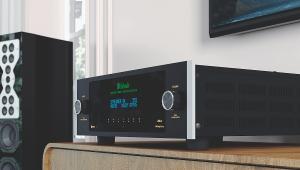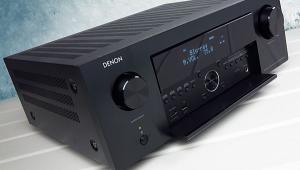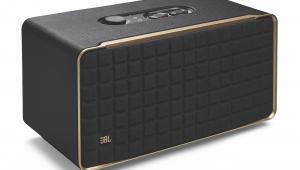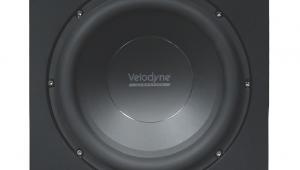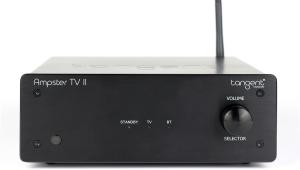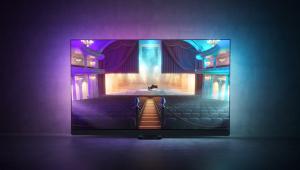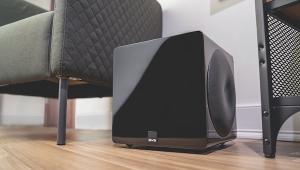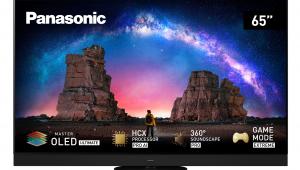NAD T 778 receiver review
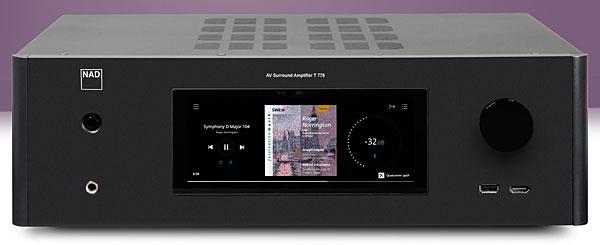
 Jamie Biesemans wonders if this flagship nine-channel model points the way forward for AVR design
Jamie Biesemans wonders if this flagship nine-channel model points the way forward for AVR design
NAD's new T 778 features a large touchscreen display, mirroring the design of its two-channel M10 and M33 amplifiers. It's a standout feature, suited to a world dominated by smartphones. But does it actually make this 9.1 AVR any better?
The T 778 is very much one of the NAD new breed, featuring the same holy trinity of features you'll find on its flagship stereo products: the aforementioned touchscreen control, plus Dirac Live EQ and BluOS streaming. This all explains its hefty £2,500 price tag; this isn't a receiver for the casual movie buff looking for a quick surround fix.
As you'd expect the T 778 is fully compatible with Dolby Atmos and DTS:X to 7.1.2 and 5.1.4 (although there's no IMAX Enhanced support). It can also cater to 7.1.4 arrays, outputting the processed signal for those additional two channels to an external power amp via phono pre-out.

Users will likely appreciate the receiver's clean rear panel. There are no legacy video connections here, reducing complexity, just five HDMI inputs and two outputs. Only one of these outputs supports 4K, which is a potential deal-breaker for twin-screen systems. With that in mind, it's not a major surprise that the T 778 doesn't offer HDMI 2.1, making it theoretically less capable and unsuited to future 8K and 4K/120 sources. Equally theoretically NAD could solve this by offering a plug-in module with HDMI 2.1 inputs, as the receiver follows the same futureproof Modular Design Construction ethos as other NAD hardware. There's no confirmation on such a thing being in the works, though.

In addition to multiple analogue audio connections, there's a slew of IR and trigger terminals, next to IP control and a RS-232 port, catering to the professional installer. It's rack mountable too.

Screen Of Dreams?
Virtually every AV receiver on the market is covered by a mass of buttons and knobs. Occasionally they might be lurking behind a front cover, but in the end there's no escaping them. It's refreshing, then, to see the T 778's front panel only featuring a volume dial and power switch, plus a large, colour TFT touchscreen.
Even if NAD was only using this screen to show playback information and cover art, it would be a nice feature. But another advantage is that it simplifies usage by only showing the controls you need at a particular moment. Gone are the many buttons, most of which you'll never touch; instead you see virtual controls fitting the context. That may sound abstract, but it makes using the T 778 an uncomplicated affair – even while it doesn't lack options to fine-tune your surround setup. In fact, some formerly tricksy tasks become easy, such as renaming a source, where a virtual keyboard pops up on the screen.
So, adding a touchpanel is a smart move and makes a typically complex-seeming device less daunting to the smartphone-loving types out there. But at the same time, I do wonder how many people actually ever control their receiver through the front panel. If you prefer to fiddle around with the settings while seated, you'll use the remote and the onscreen interface. This is a fine alternative, although the remote handset supplied with my test unit was infuriatingly sluggish at times.
App control is available through the BluOS app, which you'll download to stream music from a wide array of services, or your own files. BluOS, developed by NAD's mothership, the Lenbrook Group, has grown into a mature platform, offering many streaming options (including AirPlay 2 and Roon) and multiroom capabilities. Do note, though, that BluOS integration with the T 778 is a bit of an afterthought, both in terms of hardware (you need to plug in a USB dongle) and software (you can't stream connected physical sources to another zone).
 |
Home Cinema Choice #351 is on sale now, featuring: Samsung S95D flagship OLED TV; Ascendo loudspeakers; Pioneer VSA-LX805 AV receiver; UST projector roundup; 2024’s summer movies; Conan 4K; and more
|





